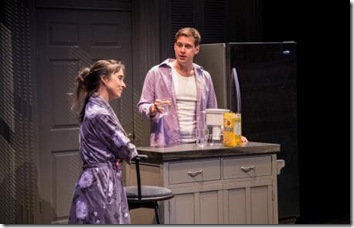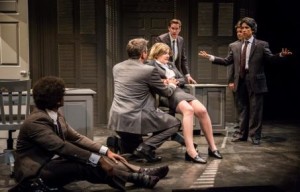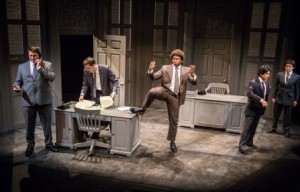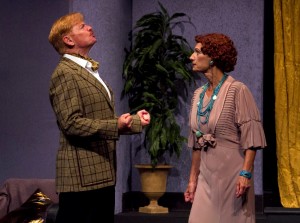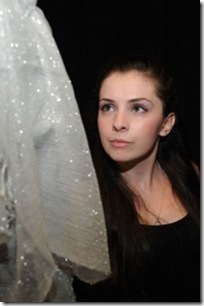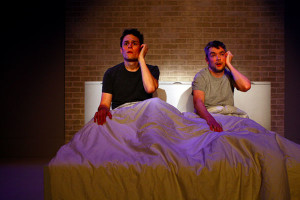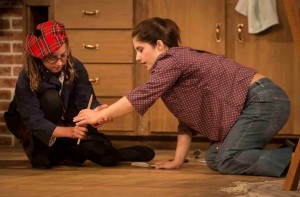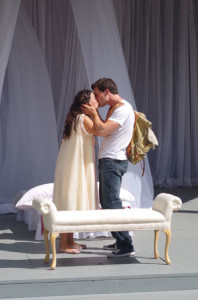Generous at the GCTC. Director Coates balances comic lines with the darker side of Healey’s play.
Besieged by their eager avowals of commitment to the public weal in the federal election campaign, you might wonder what motivates politicians. Altruism? Guilt? Thirst for power?
Michael Healey’s comedy Generous, the resonant season opener at the Great Canadian Theatre Company, asks many of the same questions about not just politicians but about those who wield power in any form.
Asymmetric structure and story are one in Healey’s 2006 show. We bounce between events past and present as we watch the first acts of four apparently different plays and then, post-intermission, three concluding acts. Similarly, the lives and motivations of the characters are fractured. The plays, of course, ultimately prove to be no more unconnected than do the events of anyone’s life, which is not to say that either is a neatly completed jigsaw puzzle.
Generous – and congratulations if you spot any character wholeheartedly embodying that adjective – opens with a frantic, cartoonish scene in the prime minister’s office where we learn an overly loyal junior minister has taken to heart the PM’s words to stab a backbencher (Brian Mulroney once said of a cabinet minister, “Slit her throat”). Meanwhile, the PM’s chief of staff Eric (Drew Moore) reveals that he entered public service to do good, thereby setting up the exploration of altruism that percolates through the rest of the show.
